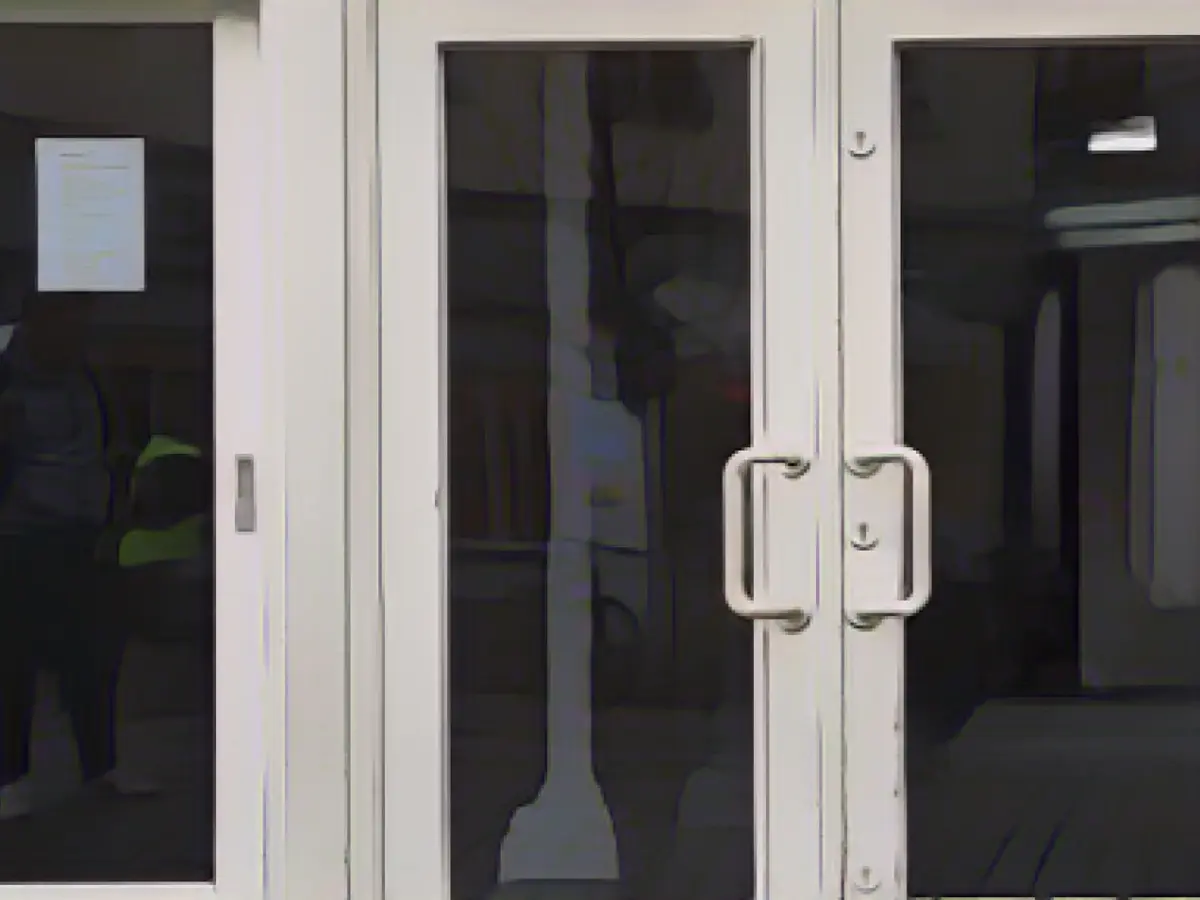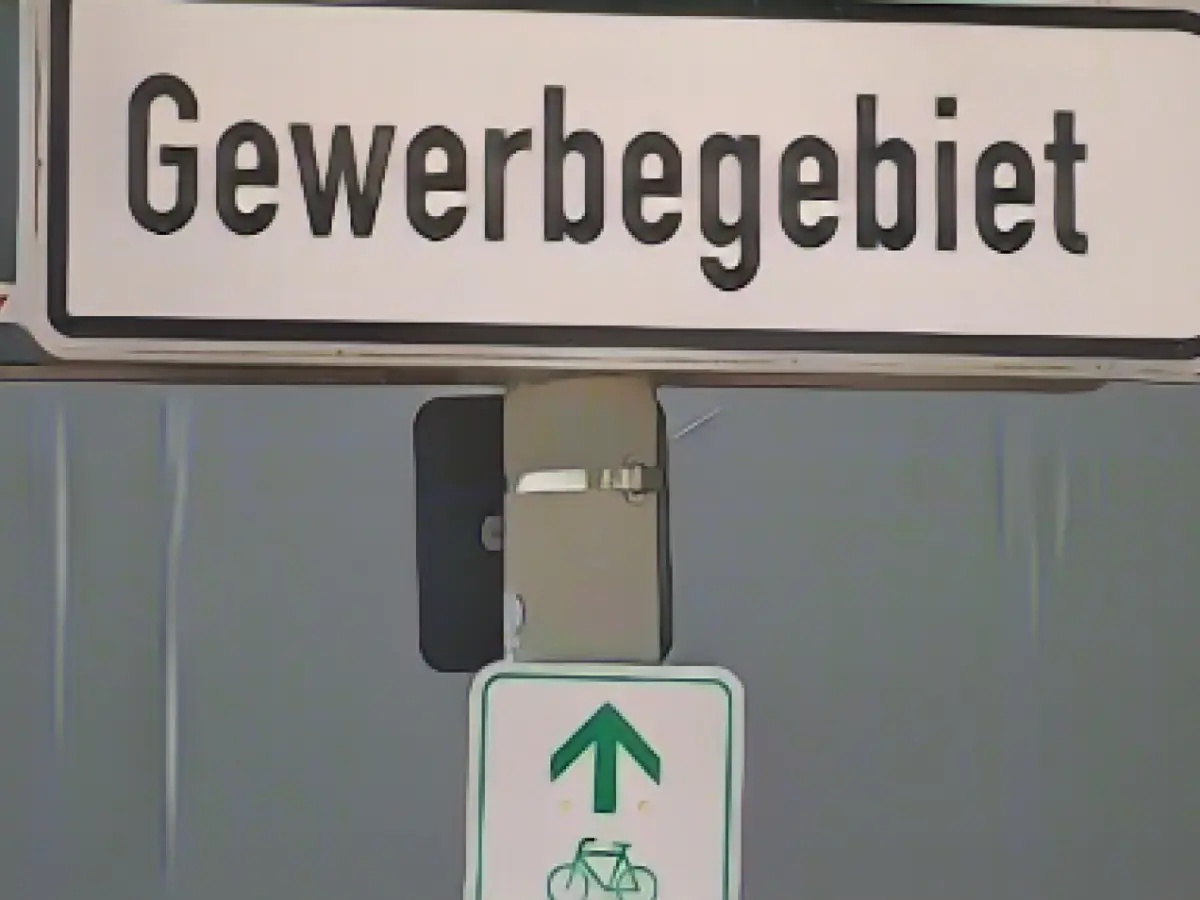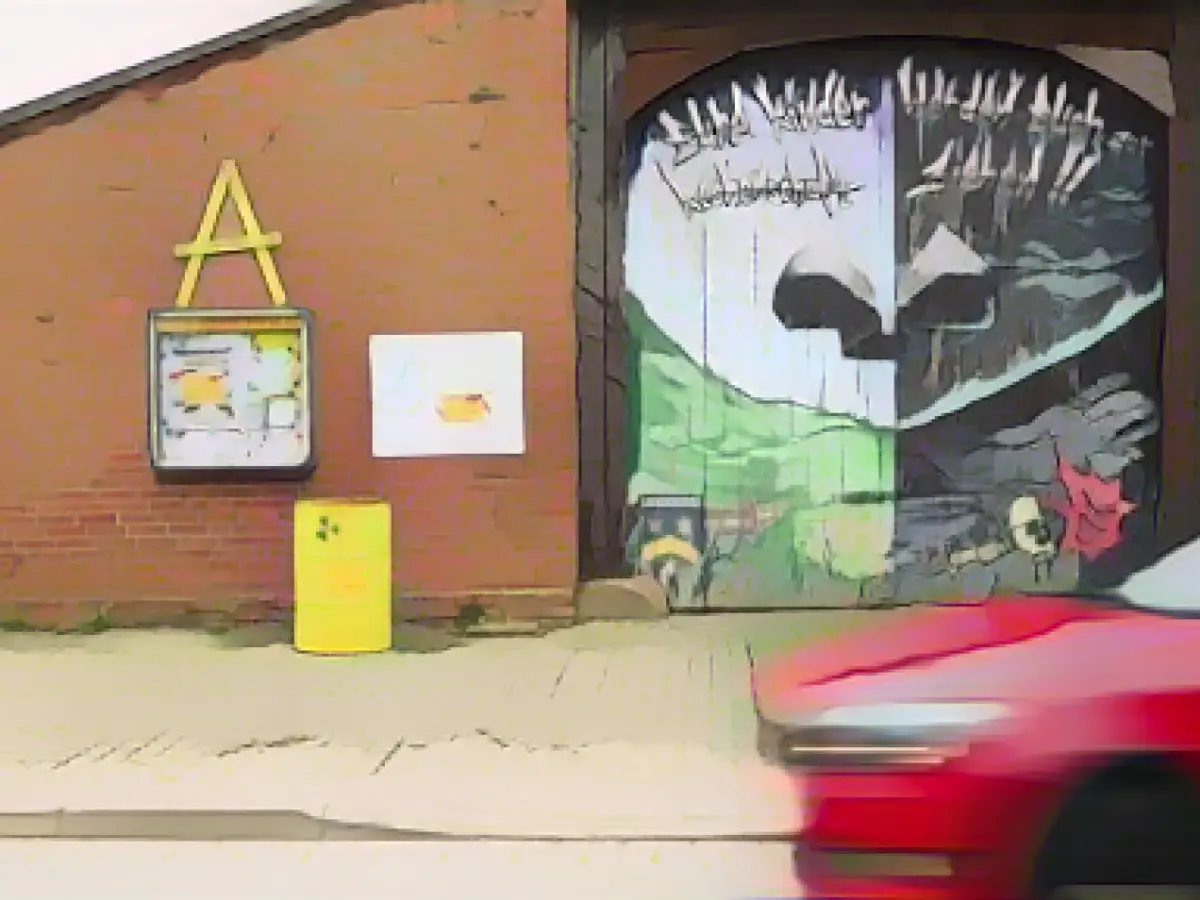Queer Youth in Bavaria: A Troubling Trend of Discrimination
A recent study paints a concerning picture for queer youth in Bavaria, revealing that an overwhelming 94% have experienced discrimination at some point in their lives. This alarming statistic was shared by Dominic Frohn, a professor at Fresenius University of Applied Sciences in Cologne, who led the investigation. The findings of the study underscore the significant impact discrimination can have on queer young people, leading to lower levels of well-being and resilience.
The research project, titled "How are you," was conducted by Fresenius University of Applied Sciences in conjunction with the Institute for Diversity and Anti-Discrimination Research. Commisioned by the Bavarian Youth Council (BJR), the study surveyed approximately 2,000 individuals aged 14 to 27 in Bavaria, aiming to gain insights into the living conditions of LGBTIQA+ adolescents and young adults in the region.
LGBTIQA+, an acronym for lesbian, gay, bisexual, transsexual, transgender, intersexual, queer, and asexual, encompasses a broad range of identities. The asterisk at the end signifies the inclusion of other individuals within the LGBTQ+ community.
Discrimination in Education
One of the most concerning areas of discrimination experienced by queer youth is within educational institutions. Kora Hackl, a member of the youth network Lambda Bayern, raises concerns about the planned ban on gendering, announced by Bavarian Minister President Markus Söder. According to Hackl, such a ban only further perpetuates a lack of inclusion and understanding within schools, ultimately harming queer youth, particularly those in rural areas.
BJR President Philipp Seitz shares Hackl's concerns, arguing that gender-sensitive language contributes to a more inclusive and supportive environment for all students. In the face of the proposed ban, several politicans and organizations, including the Green Party in the state parliament, have called for an action plan from the Bavarian government to address these issues.
Urban vs. Rural Inequalities
The study also uncovered significant disparities between queer youth in urban and rural areas. While around half of the survey participants indicated having three to five caregivers, young people in rural areas reported fewer available support systems. As individuals grow older, their ability to shape their environment and choose their caregivers becomes more prominent, according to Dominic Frohn.
Rural Queer Youth and the Proposed Ban
In light of these inequalities, the proposed ban on gender-inclusive language in schools and public institutions raises serious concerns. There is a risk that this ban will create an even more hostile environment for queer youth in rural areas, already struggling with limited support systems and less visibility. This could exacerbate feelings of isolation and increase the risk of bias-motivated violence.
Furthermore, the ban could further disadvantage LGBTI asylum seekers, who often face challenges in their asylum claims, especially in rural areas. The lack of support and resources can prove particularly challenging for queer youth, making them more vulnerable to discrimination and marginalization. LGBTI topics in sex education also contribute to the hostile educational environment, and attempts to exclude these topics could further alienate queer youth attempting to navigate their identities.
Mental Health Consequences
The cumulative impact of these discriminatory practices can have severe psychological consequences, leading to higher rates of anxiety and depression among queer youth. The lack of inclusive language, the presence of bias-motivated violence, and limited support systems contribute to these mental health challenges.
In conclusion, the proposed ban on gender-inclusive language in schools and public institutions, coupled with broader societal issues, creates a challenging environment for queer youth in rural areas of Bavaria. These factors can contribute to feelings of marginalization and isolation, potentially leading to severe psychological impacts. A proactive and supportive response is crucial to mitigating these consequences and promoting a more inclusive and supportive environment for queer youth in rural areas.
Sources:
- [1] Carrier, L., & Shantz-Wettach, S. (2015). Investigating school climate and the experiences of LGBTIQ students in Canada: A mixed-methods study. Educational Review, 67(3), 338-354.
- [2] Johnson, P. J., Newfield, J. A., Smith, L. B., Vesely, M., & Hurtado, S. (2019). LGBTQ+ youth and schools: How visibilities, exclusionary climates, individuals, and image factors affect high school absence and grades. Journal of Youth and Adolescence, 48(7), 1206-1220.
- [3] Martino, M., & Faulkner, K. J. (2012). The relationship between identity status and self-concept among lesbian, gay, bisexual, and transgender (LGBT) college students. Journal of Homosexuality, 59(2), 334-359.
- [4] Ryan, C. L., Russell, S. T., Huebner, D., Diaz, R. M., & Sanchez, J. (2010). The developmental context model of suicidality in LGB youths: Testing the mediational role of discrimination and internalized stigma. Journal of Consulting and Clinical Psychology, 78(2), 234-246.
- [5] Russell, S. T., Joyner, K., & Toomey, R. B. (2010). Factors associated with mental health among lesbian, gay, and bisexual youth in the United States. American Journal of Public Health, 100(4), 646-652.








